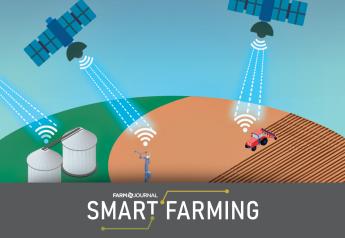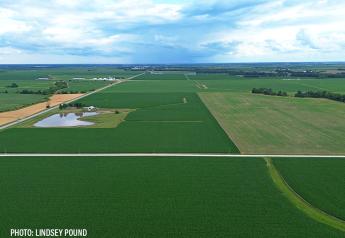2nd MFP Payment Now in Question
For weeks USDA officials have been promising farmers details on a second round of Market Facilitation Program payments would be announced before the end of the year. On Thursday, USDA Deputy Secretary Steve Censky said the agency is still trying to convince the White House the payments are necessary.
“Secretary Purdue and I and others within USDA are pushing [the White House] that we need to move forward with this payment,” Censky told Clinton Griffiths on AgriTalk. “It's a commitment that was made. I don't think it's a secret, we have been doing a bit of arm wrestling with our friends at the Office of Management and Budget.”
Earlier this week Reuters reported that the payments are stuck within OMB. Censky said it’s OMB’s duty to say no to spending and ensure the government spends as little as possible, but USDA is not giving up.
“So we've made the case that farmers and ranchers have suffered the impacts of the of the trade retaliation that has affected them,” he said adding that while recent Chinese soybean purchases provide hope to the market, the quantities are nowhere near normal export numbers. “We still think there's a strong case to be made for the payments to be made, and the Secretary is taking the case directly to the President.”
Farmers throughout the country based harvest and grain storage decisions on the promise of a second aid payment. Whether or not that payment will be issued seems less certain each day.
Earlier this week USDA spokesperson Tim Murtaugh sounded confident about a second payment.
“Best guidance that I can give you is that we are still in discussions with the White House on it,” he told AgWeb in an emailed statement. “There will be a second payment.”
During his interview today, Censky sounded much less certain.
“We're strongly pushing for the second round to be made, and again, hope to be making an announcement in the near future,” he said.
Should payments be authorized by OMB, the issuance of those payments could be impacted by the possibility of a partial government shutdown next week, according to Jim Wiesemeyer, Pro Farmer policy analyst.
Congress has until Dec. 21 to pass a funding bill, but President Donald Trump has threatened to veto the bill unless it includes $6 billion for construction of a border wall. That could shut down parts of the government including USDA.







